
Heavy Loads Coming Soon
My initial Still Plays With Trucks (SPWT) column in TDR Issue 86 detailed how my Ram 2500 picked me as much as I chose it, summer of 2014. This was largely due to the ridiculously low one-at-this-price online special, plus rebates, offered by Dave Smith Motors in Kellogg, Idaho. Kind of like an old world mail order bride and a new world groom that fall deeply in-love once wed, fate.
Had I special-ordered a new truck like my prior three diesel pickups (two Rams, one Ford), I would have selected a 3500 because they are the stoutest pickups available, not that much more money, and I generally prefer extra capacity. (The 4500 and 5500 series are not pickups, despite the bodies, but Class 4–5 medium-dutys.) In 1995 I was forced to order a second generation 2500 because Chrysler temporarily eliminated the single-rear-wheel (SRW) 3500s, otherwise I’ve been a “one-ton” guy for decades.
A 3500 Ram would have rear leaf springs instead of coils. As opinionated as I am about most things automotive, I have no strong bias for either suspension. Both designs have good and bad characteristics, and I’ve praised the positives and cursed the negatives of each. Leaf springs are more proven in pickups, simple, and spring oscillation damping is less critical. Conventional wisdom is that leaf springs are better for maximum loads, but there are many variables and contrary arguments. The OE rear coils on my ’14 2500 handle maximum loads better than the soft leaf springs on my 1995 Turbo Diesel, when Dodge overcompensated for the overly-stiff first generation suspensions. Coils are not automatically softer, weaker, or incapable—the Mercedes Unimog singlehandedly squashes such claims for trucks—spring rate and the overall design is what matters. One major advantage to rear coils is their inherent resistance to axle-wrap or wheel hop. (If you need schooling on axle-wrap, read Scott Dalgleish’s Back In The Saddle column, Turbo Diesel Register Issue 88, pages 72–73.)
Coincidentally, during the first 11,000 miles, this coil-sprung 2500 has spent an impressive 42-percent of its miles loaded to GVWR. None of my prior outfits had such a high percentage of hauling miles so early, but they also saw more daily driving, a chore my current Ram does not have to endure unless I choose. (Jan 2018 update: with 42,000 miles logged, the current number is over 75% loaded to GVWR or above.) Loaded to the GVWR with what you may be thinking….

Truck Campers
When I write camper that is exactly what I mean, a slide-in truck camper, not a travel trailer or 5th-wheel, which are often called campers but are not the same thing. Over the past few years I’ve become a fan of the smaller and nimble slide-in pop-ups. Properly outfitted they can provide luxury accommodation in some very beautiful and remote country.
Our first RV ever was a relatively primitive, 30-year-old 1963 Bell camper that we mounted atop a custom Lodi Equipment flatbed on our ’93 Dodge W350. We were cash poor in those days, and barely scraped together the “$300 firm” asking price, paying the last $20 in coins. The Bell didn’t stay around long; within a year we sold it and bought a 1978 Avion travel trailer, which we still own. We used the trailer more initially, but our trailering slowed to a trickle as RVing competed with other hobbies and responsibilities.
For twenty years my wife Beth and I had occasionally considered a slide-in pop-up, but we never bought, partially because it would add another toy to the barn, but with no extra time. Plus, over the past decade I’ve preferred private, remote, and backcountry camping to regular campgrounds. A rooftop tent, two off-road camping trailers, and eventually two Four Wheel Campers (FWC) facilitated this type of recreation. Slide-in units are not one-size-fits-all, so buying my new Ram pushed me to sell my 2012 FWC and shop for something that fits the 2500.
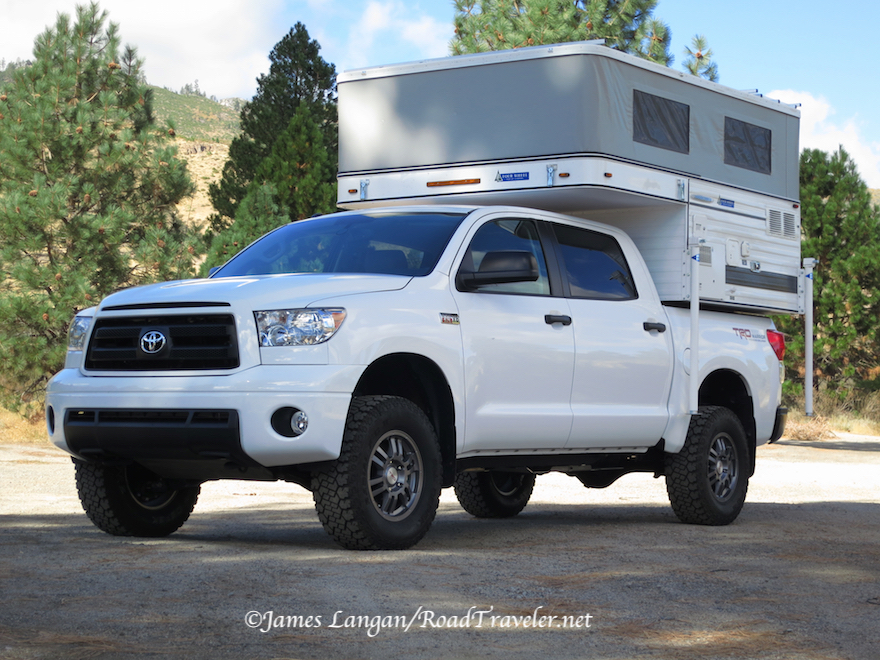
Hallmark Campers History
At the end of WWII, Hallmark owner Bill Ward’s father, Hubert Monroe Ward, started making hard-sided, pop-up trailers out of surplus aircraft aluminum in Corpus Christi, Texas. Literally a garage business in the beginning, later Hubert began making pop-up campers and moved his family to Colorado. With the explosion of the RV industry in the 1960s and 70s, the Ward family and partners owned and produced a few brands, founding Hallmark Luxury Campers in 1969. Eventually the businesses were consolidated into the one brand.
Based in Fort Lupton, Hallmark has always specialized in pop-ups designed to be comfortable in the rugged extremes of Colorado’s fabulous and famous backcountry, or worldwide. They were a high-volume producer in the past, but the pace wasn’t enjoyable. More recently the focus has been on lower volume and often slightly customized or tailored units that are built-to-order. Customization takes both time and money, but I’m selfishly happy they moved in this direction. One challenge to accommodating some special requests and features is the lack of standardization. Assembly line consistency allows for better and easier quality control, but customization requires special procedures to insure details aren’t missed.
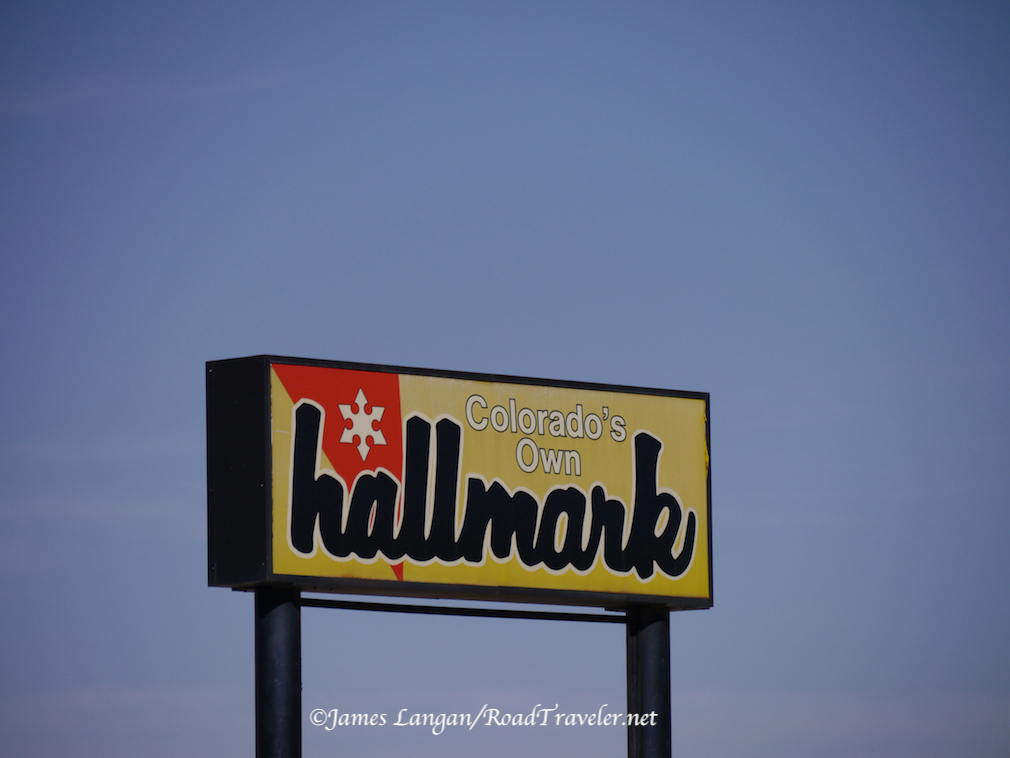
Colorado Factory Visit and Ordering
Inspecting Hallmark’s campers for the first time a few years ago at the Overland Expo West event near Flagstaff, I initially dismissed their products thinking the available amenities indicated they were not rugged outfits. I unfairly put their campers in the same class as many poorly designed and constructed RVs; I could not have been more incorrect. Researching the brand online I learned they have an enviable reputation for making stout, top-quality campers, with some unique construction features specific to their brand.
Before making such a large purchase we wanted to see more, meet the owners, and tour the factory. Fort Lupton is about 1,000 miles distant from our home in Nevada, but we had a Southwestern Colorado vacation planned for autumn 2014. After a week in the majestic San Juans, we drove north to meet the Ward family and tour their facility.
The last camper we ordered had three upholstery color options, but Hallmark offers dozens of interior fabric choices. It was invaluable to have my wife quickly and expertly narrow them to just a few, which we then discussed and agreed upon (you know who did the agreeing…). We both like earth tones and neutral colors, but admittedly I was most interested in the technical details and construction choices. The Milner model was chosen because its short length provides the most clearance in technical terrain, but Hallmark makes several models to fit different needs.
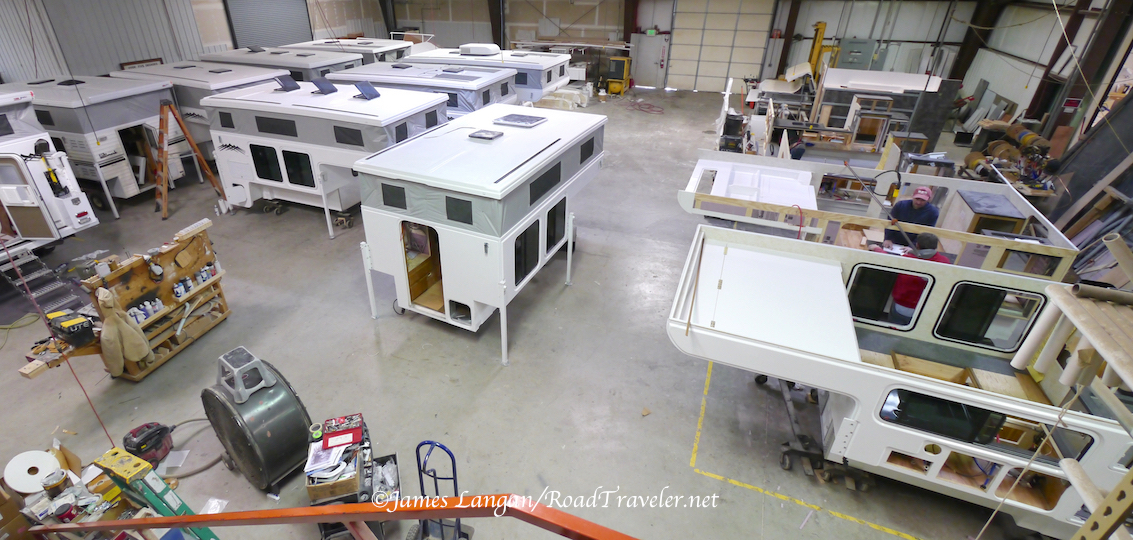
Fiberglass Exoskeleton
Most RVs with fiberglass sides have a separate exterior wall that is bonded to an internal wood or aluminum frame. These panels can separate from the internal structure, which is typically caused by moisture ingress that compromises the glue, extreme heat, inappropriate adhesives, or vibration and flexing. This will never be a problem with a Hallmark; their floating exterior panels are one-piece molded fiberglass, so there is nothing to delaminate. The panels are the structural exterior and interior walls and the exoskeleton frame around which the campers are built.
Specifically, the gel-coated composite wall panels consist of a fiberglass sandwich with a structural end-grain balsa core, the same material and technique used on some yachts and military aircraft. End-grain balsa is a renewable resource that imparts remarkable strength and stiffness to the sandwich panel. The end-grain configuration of balsa provides high resistance to crushing, and it is difficult to tear. These panels handle high dynamic loads and resist fatigue.
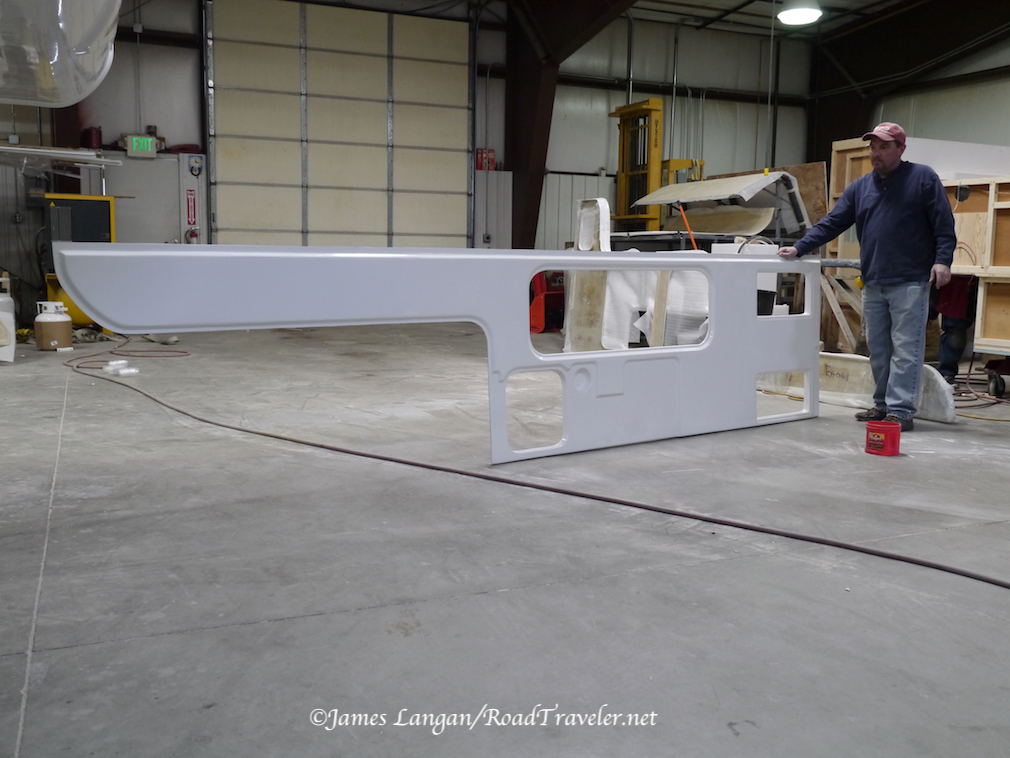
One-Piece Fiberglass Roof
Water damage concerns have been the nemesis of traditionally constructed RVs for decades. To have water damage there must be a leak, which generally comes from above. To reduce the possibility of leaks, Hallmark has used a one-piece molded fiberglass-composite roof since 2010. The cap-shaped roof covers the unit with no seams or transitions to fail or maintain. Roof loads are of little concern, aside from their impact on the center-of-gravity. Walking or sitting on the roof is permitted, which is great for photography.
Hallmark offers three roof-lift systems. The standard mechanical crank-up lift is designed to raise only the roof. Both the electric and super manual systems are rated to support and raise an additional 400 pounds, should someone need to carry that much weight atop. I chose the low-geared super manual, which raises the roof in 37-seconds when using a cordless drill (the primary method) or after five minutes of hand cranking (the backup).
Setting-up or striking camp is extremely fast and simple with this lift system, better than any camping outfit I’ve used. Unbuckling the four roof latches, stepping inside, and raising the roof can be accomplished in about one minute. We love this, particularly during inclement weather, or after driving late and simply wanting to sleep.
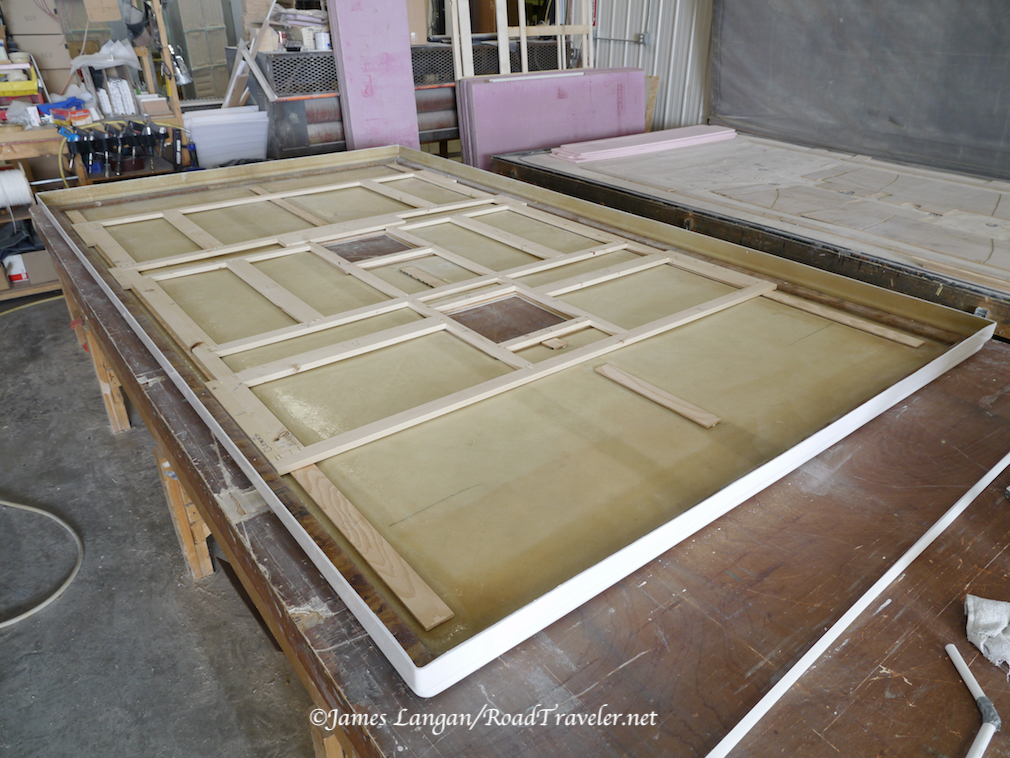
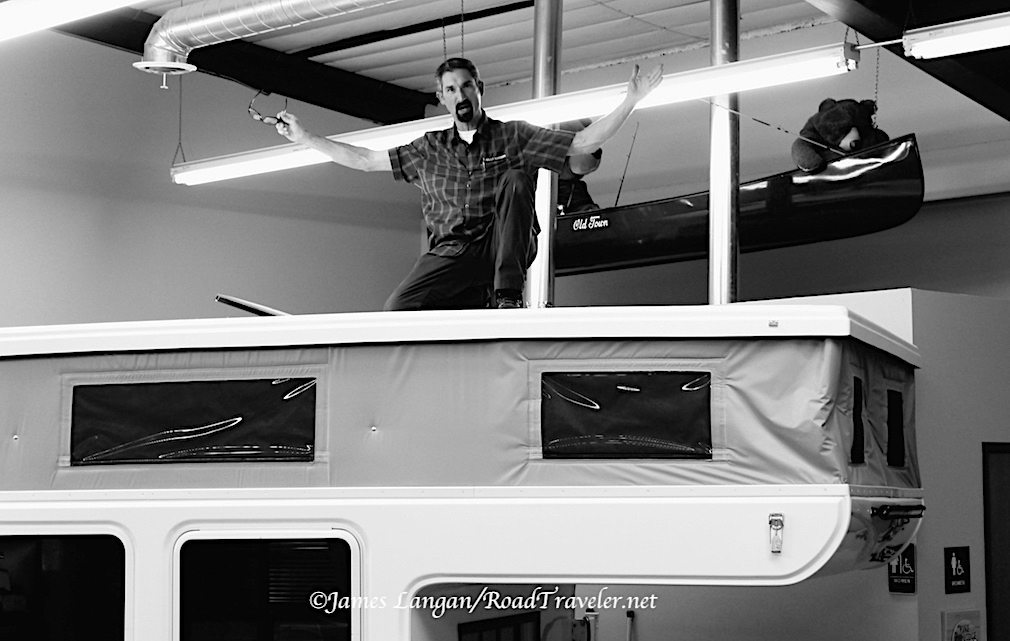
Wood, Aluminum, or Coosa Interior Framing
Wood, Coosa composite, or aluminum internal cabinetry framing is offered depending on customer needs and preferences. Prior to spec’ing this Milner I thought surely I’d choose the newest and exotic composite material. However, Coosa saves little weight over wood, the cost is high, and wood holds a screw best and is the most repairable material should serious (collision) damage occur. With the molded fiberglass design protecting the internals, and living in dry-air Nevada, we chose wood for the interior framing. One-inch foam block insulation is standard.
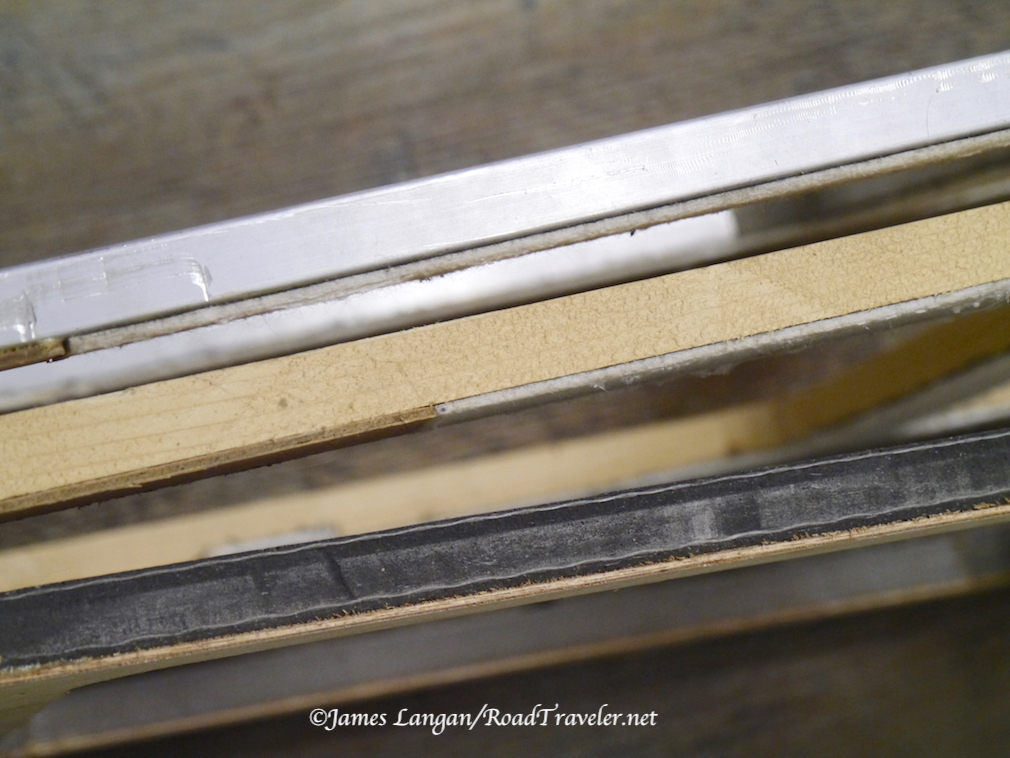
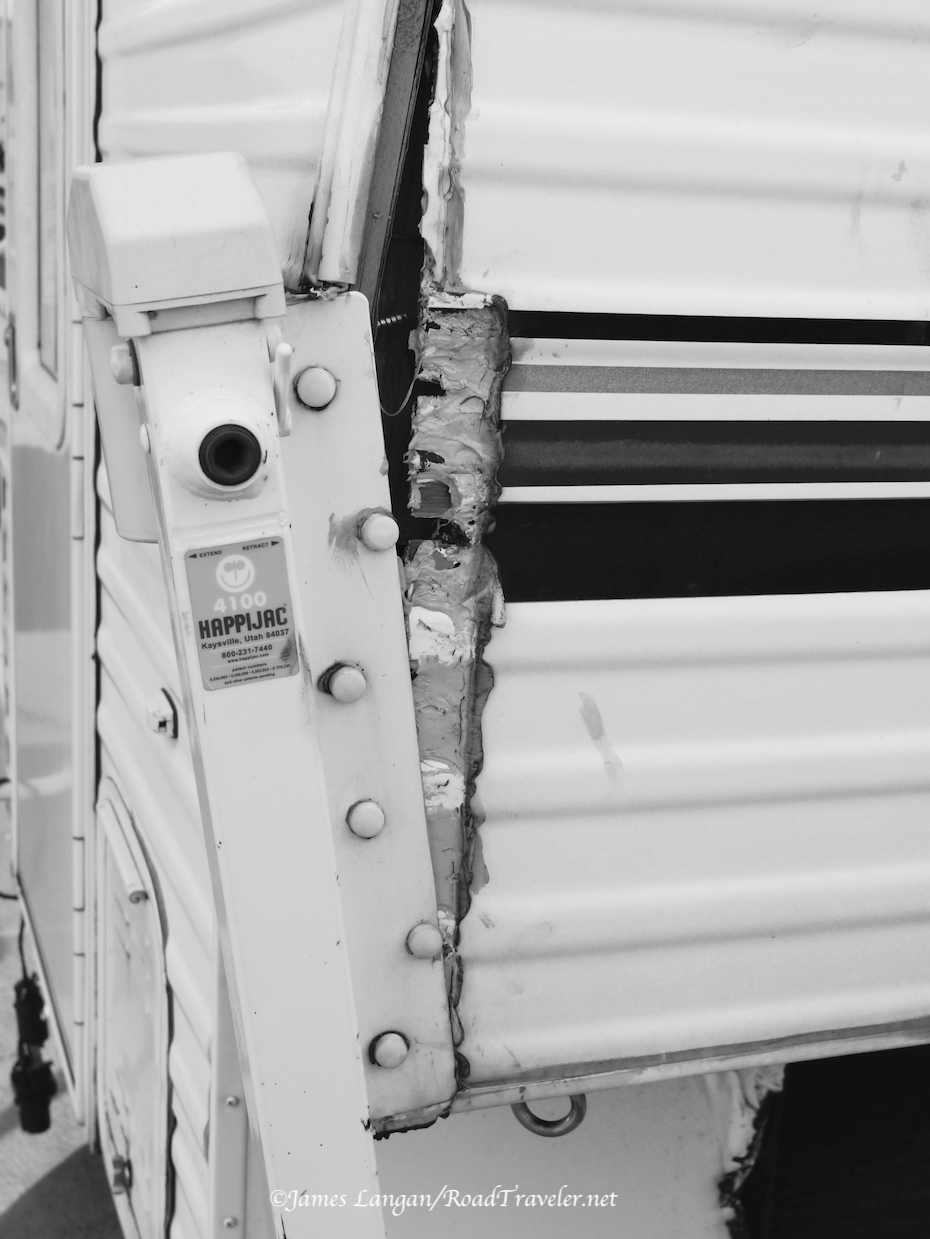
All Weather Comfort Soft Wall Design
Above I shared that Hallmark designs their campers to be comfortable regardless of the temperatures. Winter camping capabilities are import to me and where many RVs fail. Hallmark is proud of their cold weather performance, stating their pop-ups will hold 70-degrees inside when it’s minus 20-degrees Fahrenheit outside. Of course this includes using the furnace, but -20 is pretty cold.
The standard two-layer polyester-reinforced marine-awning-material soft walls contain a third layer of 1/4–inch closed-cell foam insulation. These thick soft walls feel substantial, and our Milner has an optional fourth-layer of Mylar reflective insulation in the walls. All our windows and vents have snap-on insulated and upholstered covers. A recent photograph on Hallmark’s website shows Canadian customers Mike and Kim Baird’s 2001 Cummins Turbo Diesel with their new 2015 K2 camper. The outfit is covered in several inches of snow in Estes Park, Colorado, and the caption says: “Any Season. Anywhere. Anytime.” I say, ’nuff said.
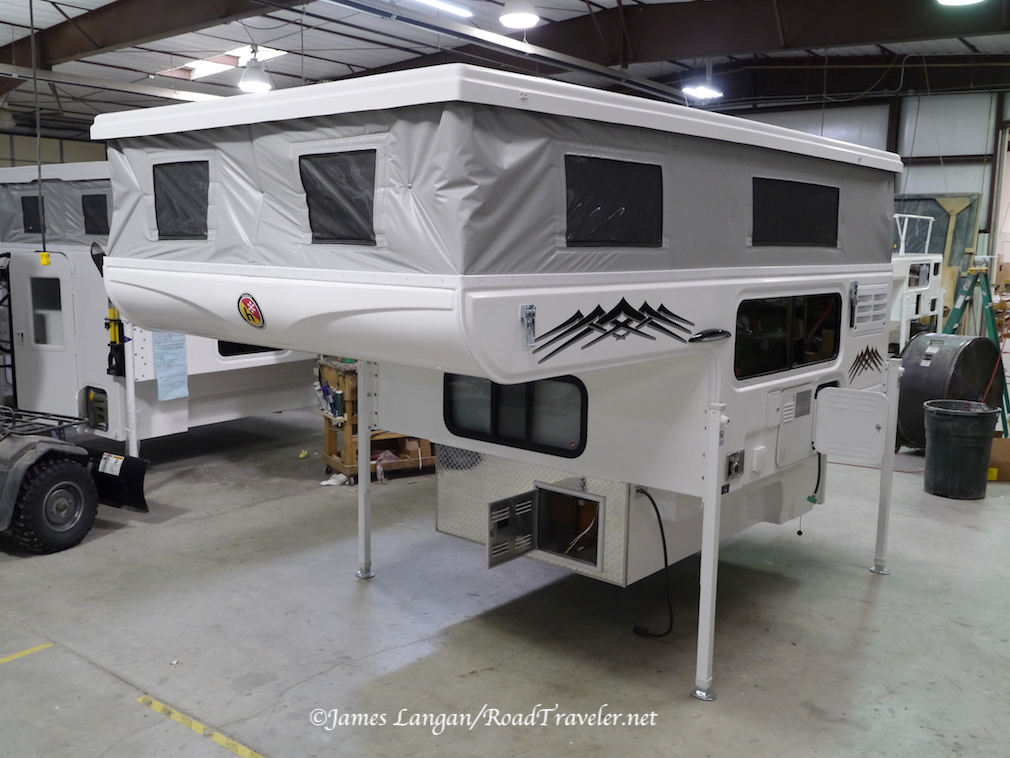
Sources:
Copyright James Langan/RoadTraveler. All Rights Reserved.
A version of this article was also published in the Turbo Diesel Register magazine.
